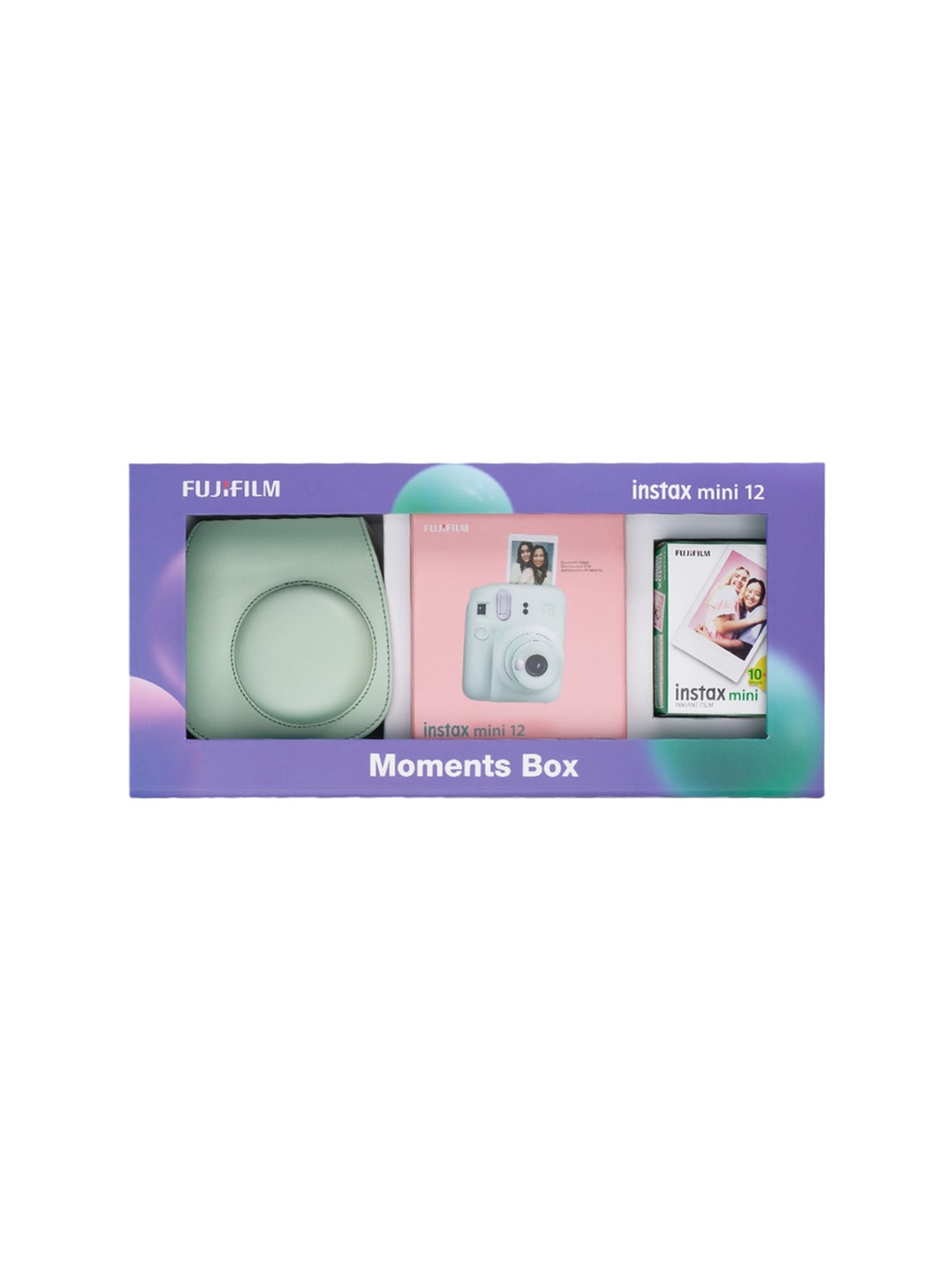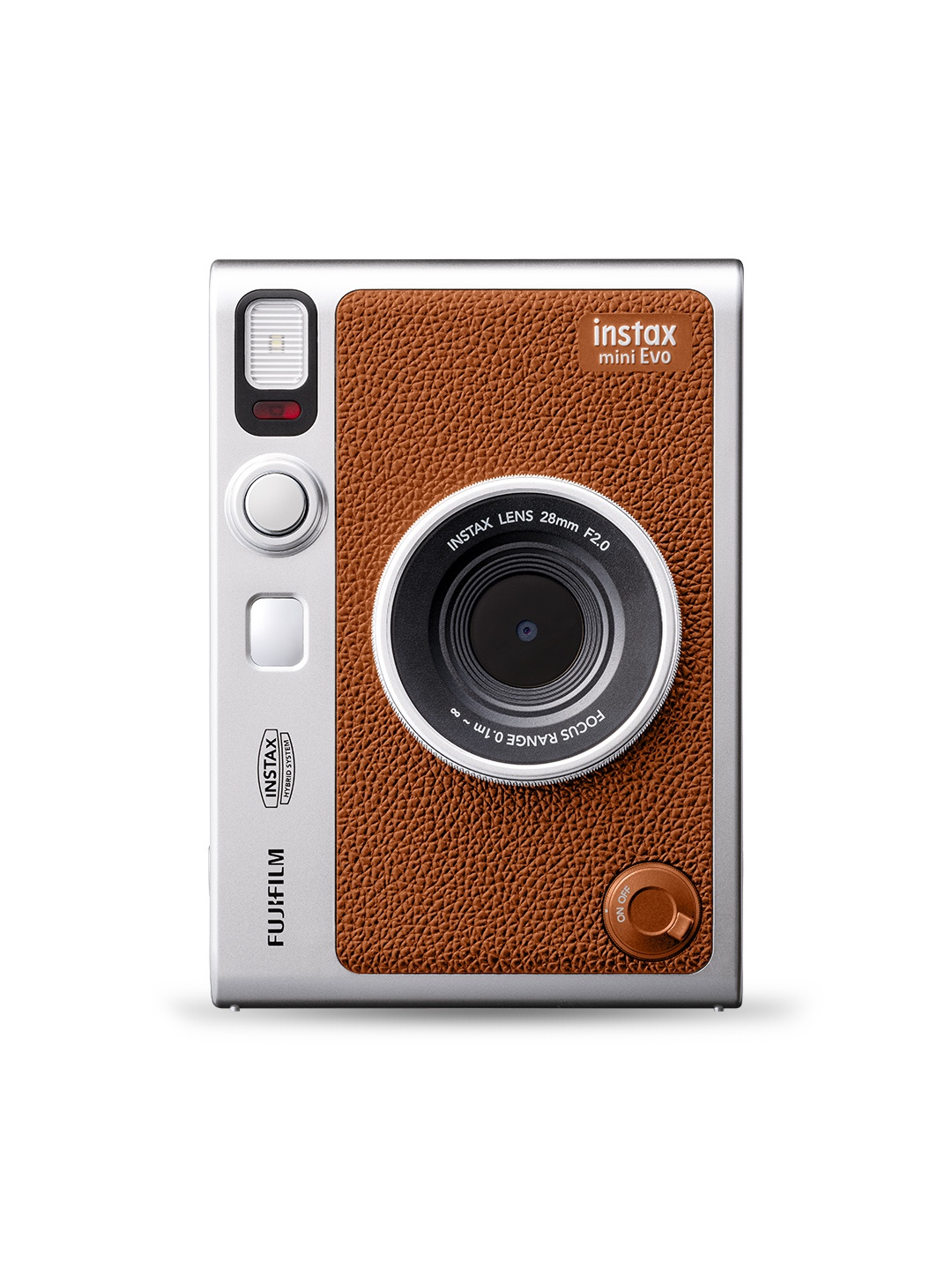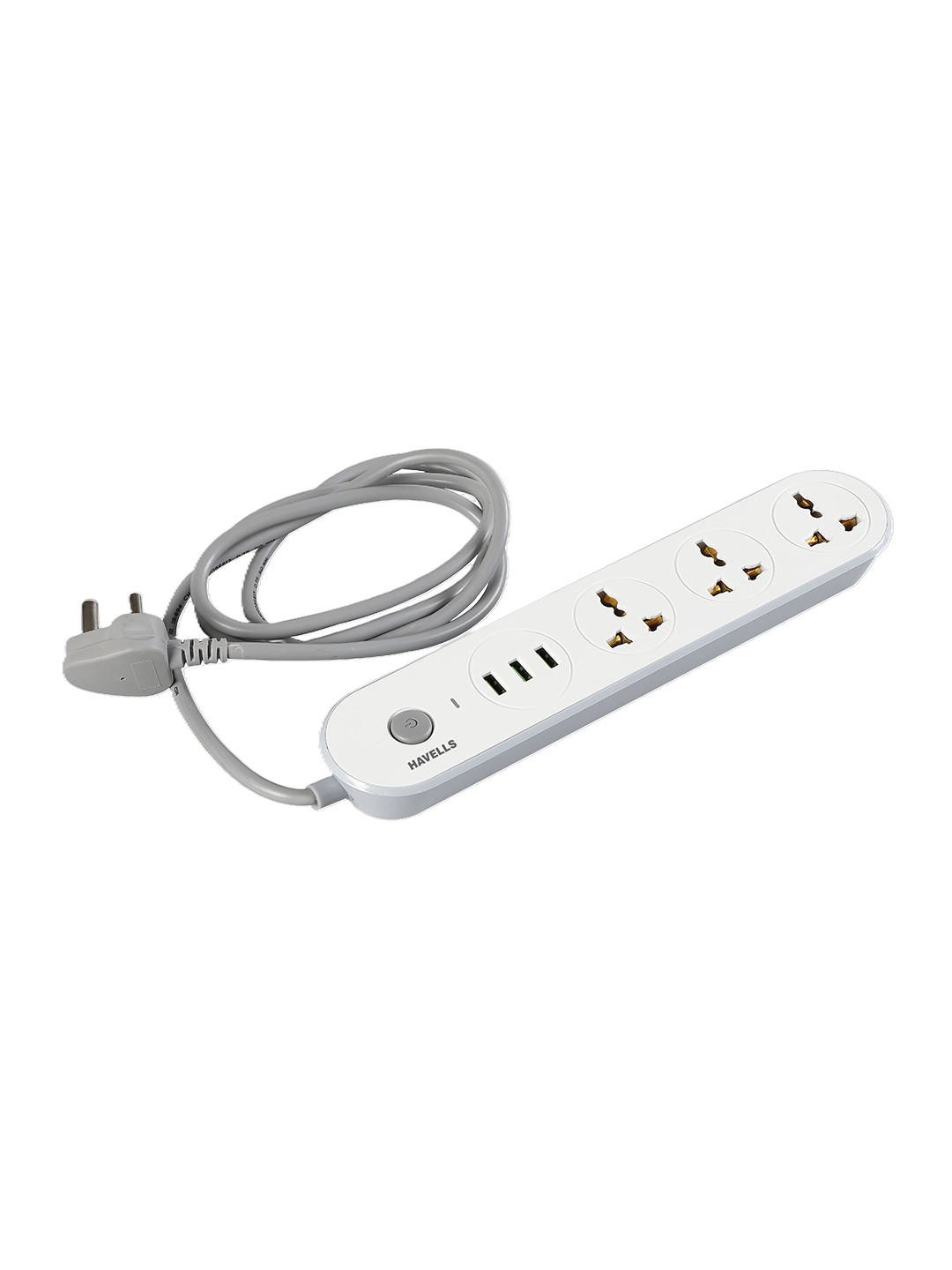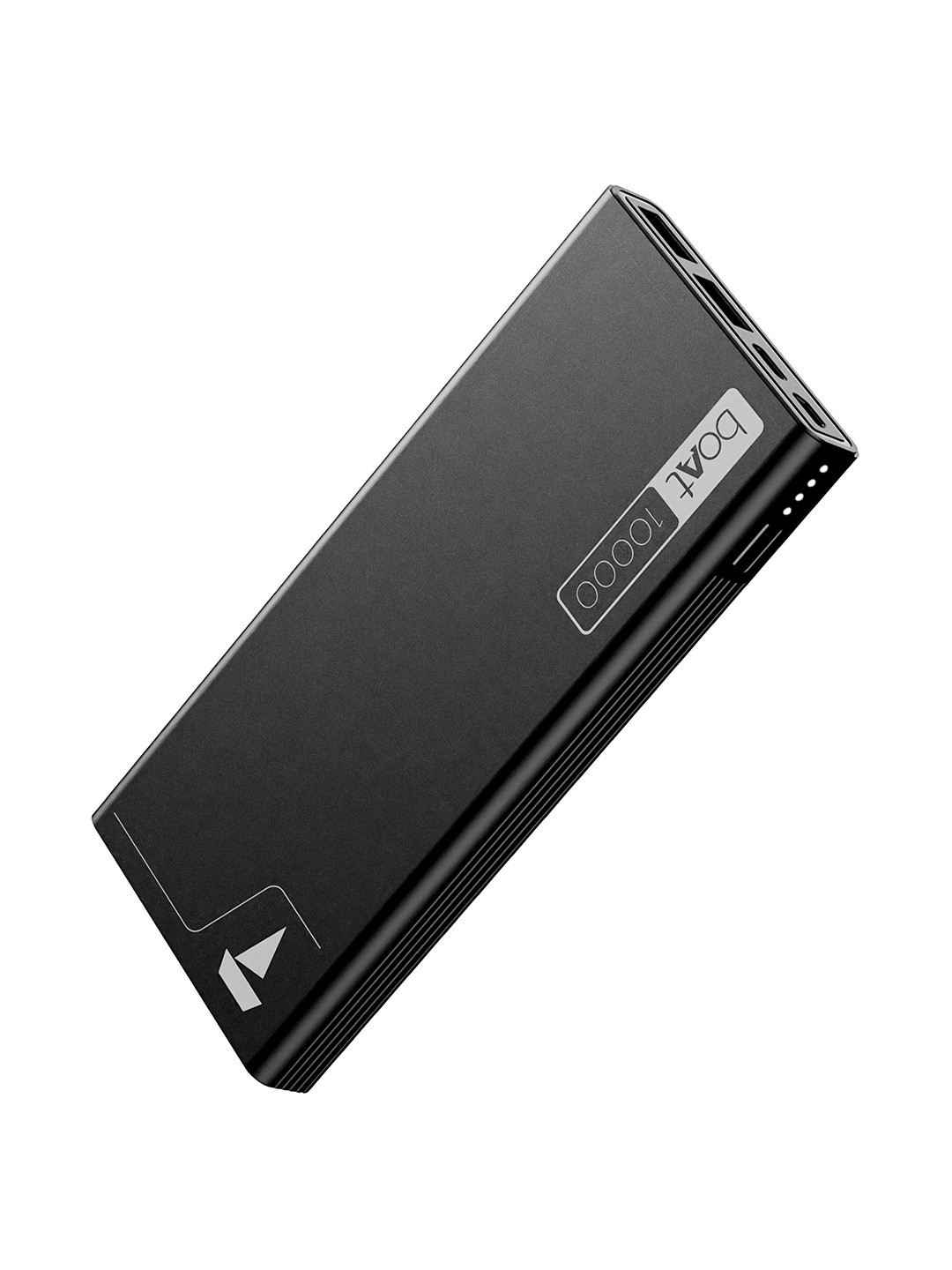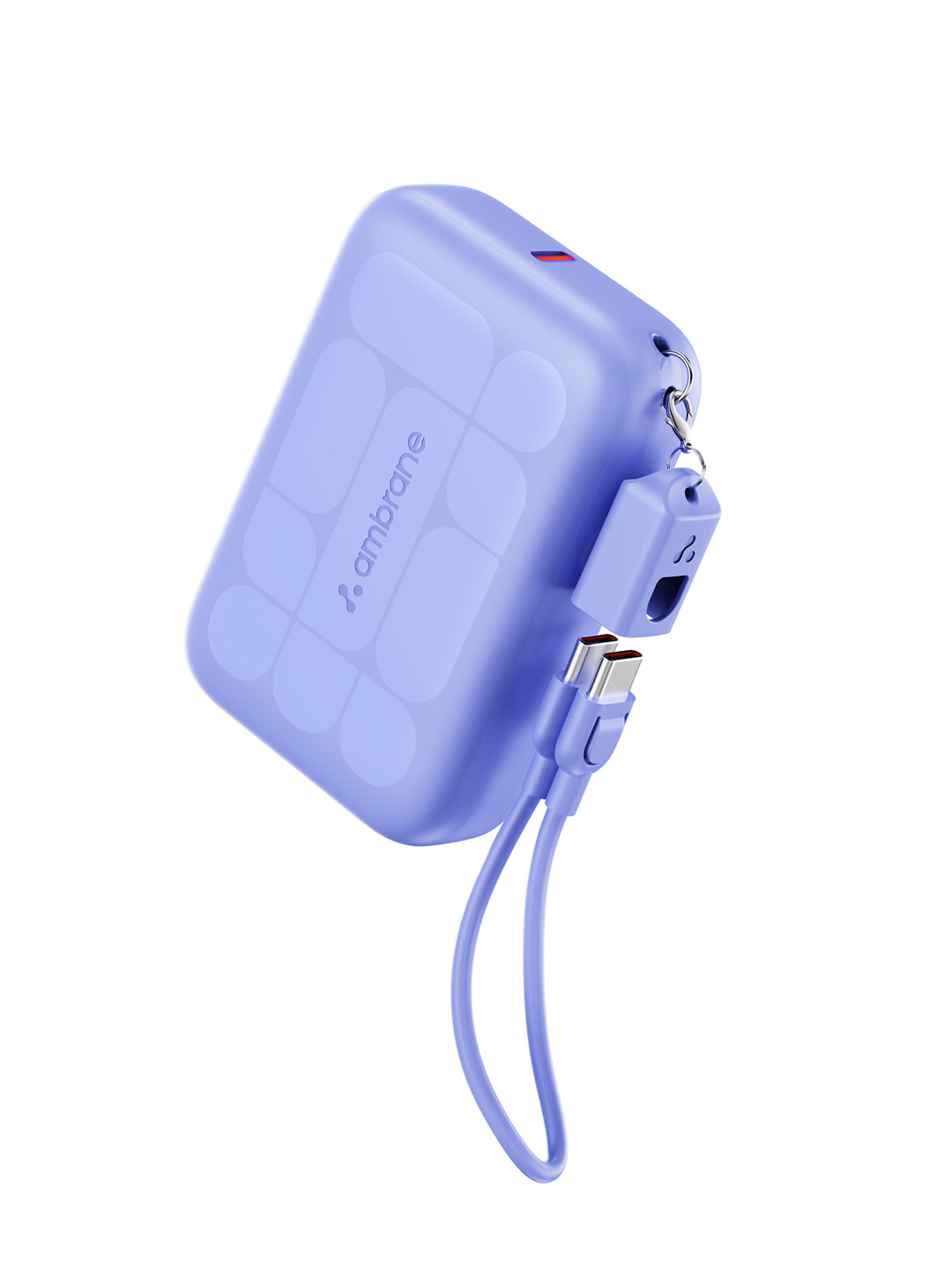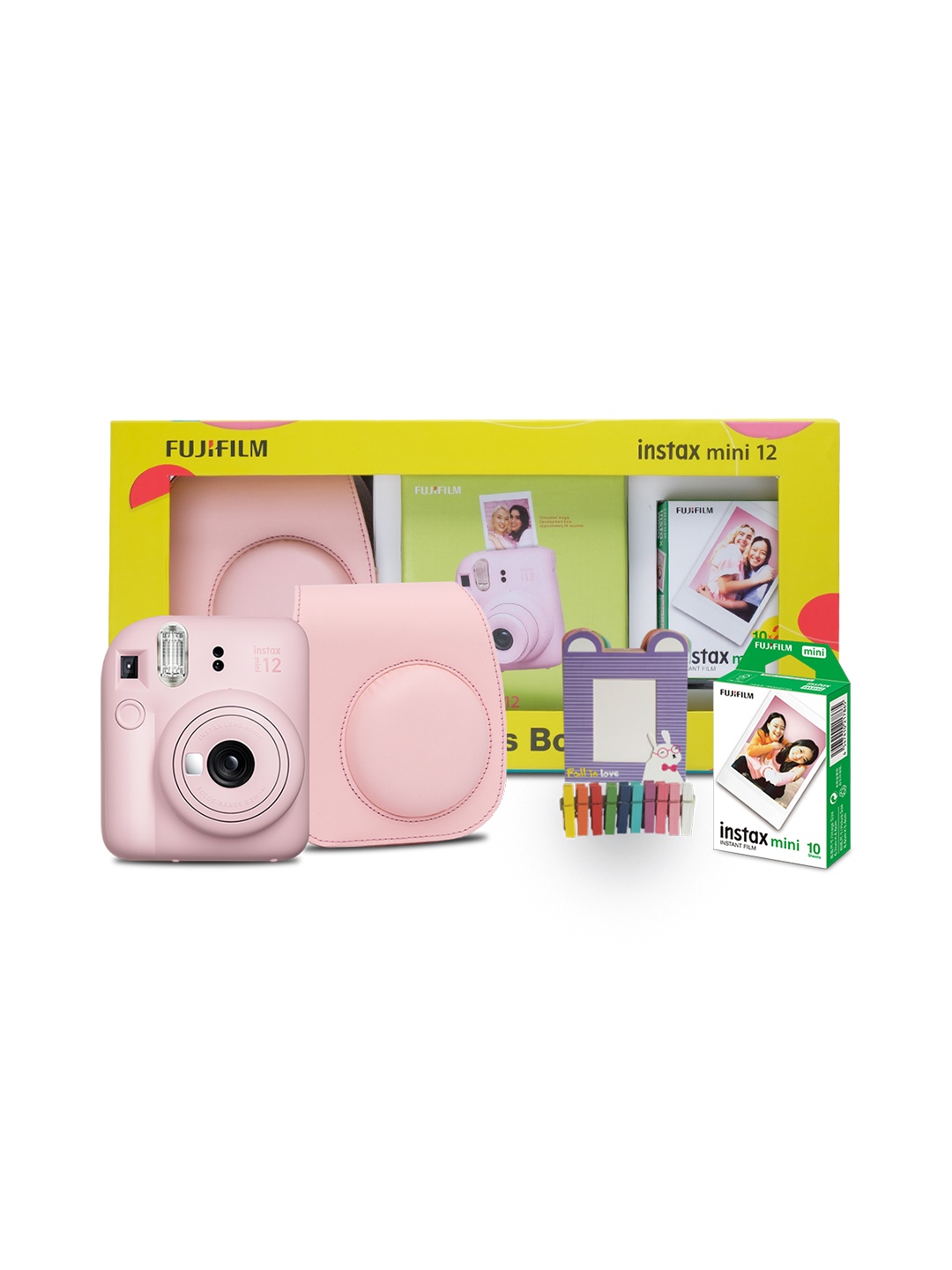Are Smart Glasses Worth It? Price, Features, Pros And Cons Explained
From sci-fi dreams to shop shelves, smart glasses are fast becoming more than just quirky gadgets. With tech giants betting big, the question arises: Are smart glasses merely a gimmick today, or are they truly the next essential everyday technology to adopt?

Smart Glasses: Gimmick Or The Next Everyday Tech Essential? Find Out Now.
Picture this: walking down a busy market street, one hand balancing a cup of steaming chai, the other scrolling through your phone for directions. A familiar scene, isn't it? Now imagine skipping the juggling act. Your glasses project a neat map onto the corner of your vision, guiding you to the right shop without missing a sip. This isn't some futuristic fantasy. It's the promise of smart glasses, devices designed to blend the digital with the real, seamlessly.
But promises can be slippery. For every life-changing innovation, there's a flashy gimmick that ends up gathering dust in drawers. Remember the 3D TV craze? Or those bulky fitness bands that felt more like handcuffs? The burning question is whether smart glasses belong in that pile of forgotten experiments or if they truly have the power to become an everyday essential.
Considering price and features, are smart glasses worth the investment, examining all the pros and cons? Let's explore where smart glasses stand today and what they mean for tomorrow.

Smart Glasses: Gimmick Or The Next Everyday Tech Essential?; Photo Credit: Amazon
Through the Looking Glass: Ten Ways To Judge Their Future
1. The Evolution of Eyewear: From Spectacles to Smart Companions
Glasses were once purely about vision correction, a necessity tucked onto noses without much fuss. Over time, they became fashion statements, brands and frames turning eyewear into style accessories. Then came sunglasses, offering protection and coolness in one stroke.
Smart glasses are simply the next chapter in this long evolution. Think of them as an upgrade, where lenses no longer stop at magnifying vision but magnify possibilities. With miniature processors, microphones, and displays embedded, spectacles are transforming into companions that can talk, guide, and even entertain.
The leap isn't without precedent. Watches turned smart, earphones evolved into wireless buds, and even TVs now come with more brains than remotes. Glasses, given their universal utility, feel like natural contenders. But as history teaches, every leap in tech faces scepticism first. Remember how smartphones were dismissed as toys for the rich before ₹7,000 handsets flooded markets? Smart glasses may just be at that very crossroads.
2. The Everyday Struggles They Promise to Solve
Technology earns a place in daily life when it solves annoyances. Smart glasses are attempting exactly that. Directions while riding a bike, translating a menu at a street stall, recording a lecture without fumbling for a phone, these are not distant dreams but direct use cases.
Imagine stepping into a metro station where ticket counters are swarmed, and instead of pulling out a phone, the glasses flash the digital ticket QR code right before the scanner. Or think of a student revising with notes projected in front of them without shuffling through dog-eared pages. In a world that's increasingly fast-paced, hands-free convenience isn't just a luxury; it feels like survival.
Of course, not every feature will click. People laughed at voice assistants initially, only to later discover how helpful it is to shout out, “Set an alarm for 6 am,” without touching a button. The same trial-and-error journey may define the smart glasses story.
3. Style Meets Tech: The Battle for the Nose Bridge
Let's be honest, gadgets that make people look silly rarely last. Function is important, yes, but fashion dictates adoption. Remember Bluetooth headsets that made people look like they were talking to thin air? Practical, yet cringeworthy.
For smart glasses to become everyday essentials, style must walk hand-in-hand with tech. The early prototypes were bulky and screamed “gadget”. But newer models from brands are slimmer, stylish, and almost indistinguishable from regular frames. Some even collaborate with fashion houses to make them street-ready.
In a country where eyewear doubles as both need and status symbol, this is crucial. Students prefer frames that make them look sharp, professionals opt for understated elegance, and the selfie generation wants sunglasses that double up for social media flair. If smart glasses can quietly slip into these style preferences, half the battle is already won.
4. The Cost Factor: Luxury or Everyday Buy?
Let's talk money, the ultimate decider in mass adoption. Early smart glasses were priced like gold, ₹1,00,000 upwards. A price tag that screams exclusivity but shuts out the very people who'd actually make them mainstream.
Now, as more players enter the arena, competition is driving costs down. Budget-friendly versions already hover around the ₹15,000–₹25,000 mark. That's still steep for many, but not unimaginable, especially in a market where smartphones in that range fly off shelves.
The bigger question is value. Would a middle-class buyer prioritise smart glasses over upgrading their phone or buying a scooter? Probably not, unless the glasses bring clear, daily utility. However, just as smartphones became accessible over time, smart glasses too may find their sweet spot, perhaps in the ₹10,000–₹15,000 range. When that happens, adoption could explode.
5. The Privacy Puzzle: Cool or Creepy?
One of the trickiest aspects of smart glasses is privacy. Cameras on spectacles can make bystanders uncomfortable. Nobody wants to wonder whether a casual conversation at a café is being secretly recorded.
This concern isn't trivial. A society that's already debating CCTV surveillance will naturally be wary of gadgets that let anyone record at the blink of an eye. Tech companies are trying to solve this with tiny LED indicators that glow when recording is on, but scepticism remains.
Privacy, after all, is about trust. A new gadget that threatens that trust risks backlash. For smart glasses to move from novelty to necessity, clear ethical boundaries must be set. Otherwise, they may be viewed less as futuristic assistants and more as spy gear. And no one wants to sit across someone at lunch feeling like they're dining with a detective.
6. Entertainment on the Go: A Cinema in Your Specs
If there's one thing that sells in tech, it's entertainment. People may not rush to buy a device for productivity, but promise them music, movies, or gaming, and wallets loosen.
Smart glasses are leaning heavily into this space. Imagine watching highlights of a cricket match while waiting at the bus stop or streaming a film projected onto a virtual big screen during a train ride. No need to hunch over small phone screens or fight for a good angle in a crowded coach.
Gamers, too, are intrigued. Augmented reality (AR) games that overlay digital characters onto real surroundings offer a playful escape. Think Pokémon Go, but without holding up a phone, creatures popping up on the roadside as you stroll home. For a youth-heavy market obsessed with both cricket and gaming, this could be a game-changer.
7. Work, Productivity, and the New Office Culture
Post-pandemic, the workplace has shifted gears. Hybrid models, video calls, and remote collaborations are now the norm. Smart glasses could take this evolution further.
Picture attending a virtual meeting while still sitting in your local café. Colleagues' faces appear on a translucent screen hovering in front of you, while you simultaneously glance at notes. Or think of field workers accessing live schematics through glasses while repairing equipment, saving both time and errors.
Doctors could consult patient records mid-surgery without breaking focus, architects could overlay building models on construction sites, and journalists could live-stream events hands-free. These scenarios aren't futuristic dreams, they're pilot projects already happening worldwide. If such use cases become widespread, smart glasses could shift from being a luxury to being professional essentials.
Also Read: How To Choose Best Sunglasses For Picnics And Top 7 Picks That Work For Daytime Outings
8. Health and Fitness: Tracking Beyond Steps
Fitness bands and smartwatches started the health-tech revolution, tracking steps, calories, and sleep. Smart glasses aim to take that further. With sensors near the temples, they can measure pulse, body temperature, and even fatigue levels.
Imagine a pair reminding you to take a break after hours of staring at spreadsheets, or detecting signs of drowsiness while driving late at night. Farmers in hot fields could receive alerts about dehydration risks, while students prepping for exams could track focus spans.
Health tech is personal and intimate, which gives smart glasses an edge. Unlike wrist gadgets that people sometimes forget to wear, glasses (for those who need them) are constant companions. The potential for preventive healthcare through eyewear could be immense, especially in places where medical check-ups aren't regular.
9. The Social Experience: Staying Connected Without Staring Down
We've all been guilty of the “phone stare”, scrolling endlessly while ignoring people sitting right across. Smart glasses might just fix this. By displaying notifications subtly in one corner, they reduce the urge to bury faces in phone screens.
Think of family dinners where you can glance at a message discreetly without breaking conversation flow. Or street shopping trips where navigation sits quietly in your vision instead of making you pause mid-step to check a phone. In short, glasses offer connection without disruption.
But there's a flip side too. Over-reliance on constant digital overlays could detach people from the present moment. The same criticism smartphones faced, of replacing real interaction with virtual distraction, could land here too. Balance, as always, will decide whether these glasses enrich social life or erode it further.
10. The Road Ahead: Hype or Habit?
Every new technology dances between hype and habit. The early buzz around smart glasses is undeniable, but will it stick? For that, they need to pass the three golden tests: affordability, usability, and social acceptance.
Just like smartphones, which were once seen as indulgent toys before becoming necessities, smart glasses may need years of refining before mass adoption. The potential is there, education, healthcare, navigation, entertainment, work, and social life all stand to benefit. Yet, challenges like battery life, privacy, and cost must be ironed out.
The road ahead is less about technology and more about psychology. People adopt gadgets when they stop feeling like “gadgets” and start feeling like extensions of life. When smart glasses reach that sweet spot, they'll stop being gimmicks and start being everyday essentials. Until then, they remain on trial, balancing between curiosity and commitment.

Smart Glasses: Gimmick Or The Next Everyday Tech Essential?; Photo Credit: Amazon
Products Related To This Article
1. LENSKART PHONIC | Zero Power Premium Audio Eyewear
2. Rokid Joy Pack AR Glasses — Android TV Smart Glasses with 360" Micro-OLED Display
3. OhO Smart Glasses,Polarized Sunglasses with Bluetooth Speaker
4. TRIDEO Smart Glasses Bluetooth 4.1 Stereo Wireless Handsfree Smart Audio Sunglasses
5. pTron Orbis Neo Smart Glasses w/Bluetooth V5.4
Smart glasses stand at an intriguing intersection of possibility and scepticism. They're dazzling in demos, promising in pilot projects, and undeniably futuristic in concept. But everyday adoption demands more than just wow moments, it needs affordability, comfort, and trust.
The coming years will decide whether these glasses end up as yet another quirky footnote in tech history or slide seamlessly into daily routines. Will people one day leave home, checking for keys, wallet, phone, and glasses as naturally as breathing? Perhaps. For now, they remain on the edge, teetering between gimmick and game-changer. Shop now on Amazon.
Disclaimer: The images used in this article are for illustration purpose only. They may not be an exact representation of the products, categories and brands listed in this article.








